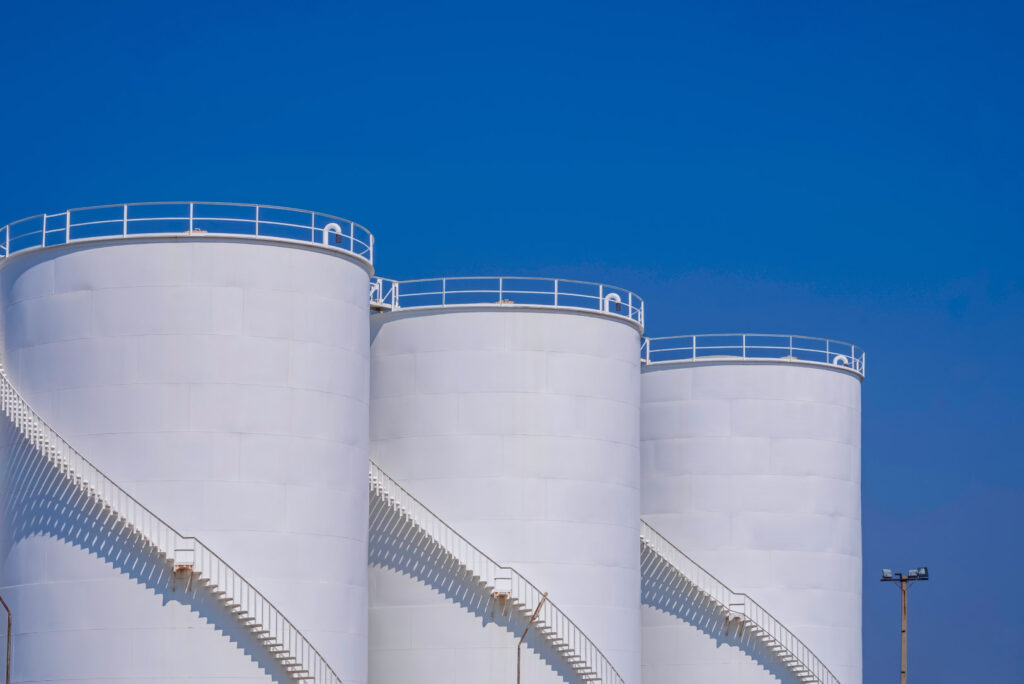At APG, we specialize in a variety of fuel tank level sensor technologies tailored to meet the specific requirements of each application. Each fuel level measurement application has its own unique set of challenges. When considering the complexities of environmental factors, chemical compatibility, and calibration needs, pressure sensors often emerge as the superior choice for fuel tank level measurements.
Pressure vs. Ultrasonic
Ultrasonic sensors are popular for multiple reasons: they’re easy to install, inexpensive, and don’t come in contact with the fuel. With an ultrasonic fuel tank level sensor when you don’t have to worry about vapors, such as diesel.
However, it’s common for certain fuels, such as gasoline, to give off thick vapors. Ultrasonic sensors have difficulty providing reliable readings through the vapors. Pressure sensors aren’t affected by vapors or other environmental obstacles that create issues for ultrasonic sensors. Pressure sensors are inexpensive and just as easy to install as ultrasonic sensors.
Pressure vs. Level Transmitters
Like pressure sensors, level transmitters aren’t affected by thick vapors, making them a great fuel tank level sensor. This simple technology relies only on the rise and fall of the float. Level transmitters are very reliable and offer excellent accuracy. Go with a good level transmitter when you need very high accuracy. Magnetostrictive fuel tank level transmitters are accurate up to ±4mm.
Level transmitters, however, are difficult to transport and install due to their size. They’re often transported in long crates and then heavy equipment is used to get them installed. Pressure sensors can be shipped in a small box and are very easy to install.
Pressure vs. Radar
Radar level sensors are immune to most environmental challenges that come with fuel tank level measurement. They also offer the same benefits of non-contact technology as ultrasonic sensors do and are easy to transport. When you need a non-contact fuel level sensor in a vaporous environment, then the radar sensor is your optimal choice.
What makes pressure sensors more desirable over radar is the ease of set up. Radar sensors often have more complicated steps to set them up. Our pressure sensors come already calibrated or with a 4-20mA output that’s user-friendly to calibrate.
In conclusion, pressure sensors are a great choice for many applications with fuel tanks. They’re often considered because they’re unaffected by vapors, easy to install, and simple to calibrate.
If you have any questions on using pressure sensors for fuel tank level measurement, please give our Measurement Experts a call. They’ll be happy to help you find the best solution!
WRITTEN BY

Sami T.
Sami Thompson is APG’s Marketing Technical Writer and has been with the company since 2022. With a master’s degree in English from Utah State University and a 40-page thesis publication under her belt, Sami has a demonstrated strong writing background. In her free time, Sami enjoys reading and birdwatching.


